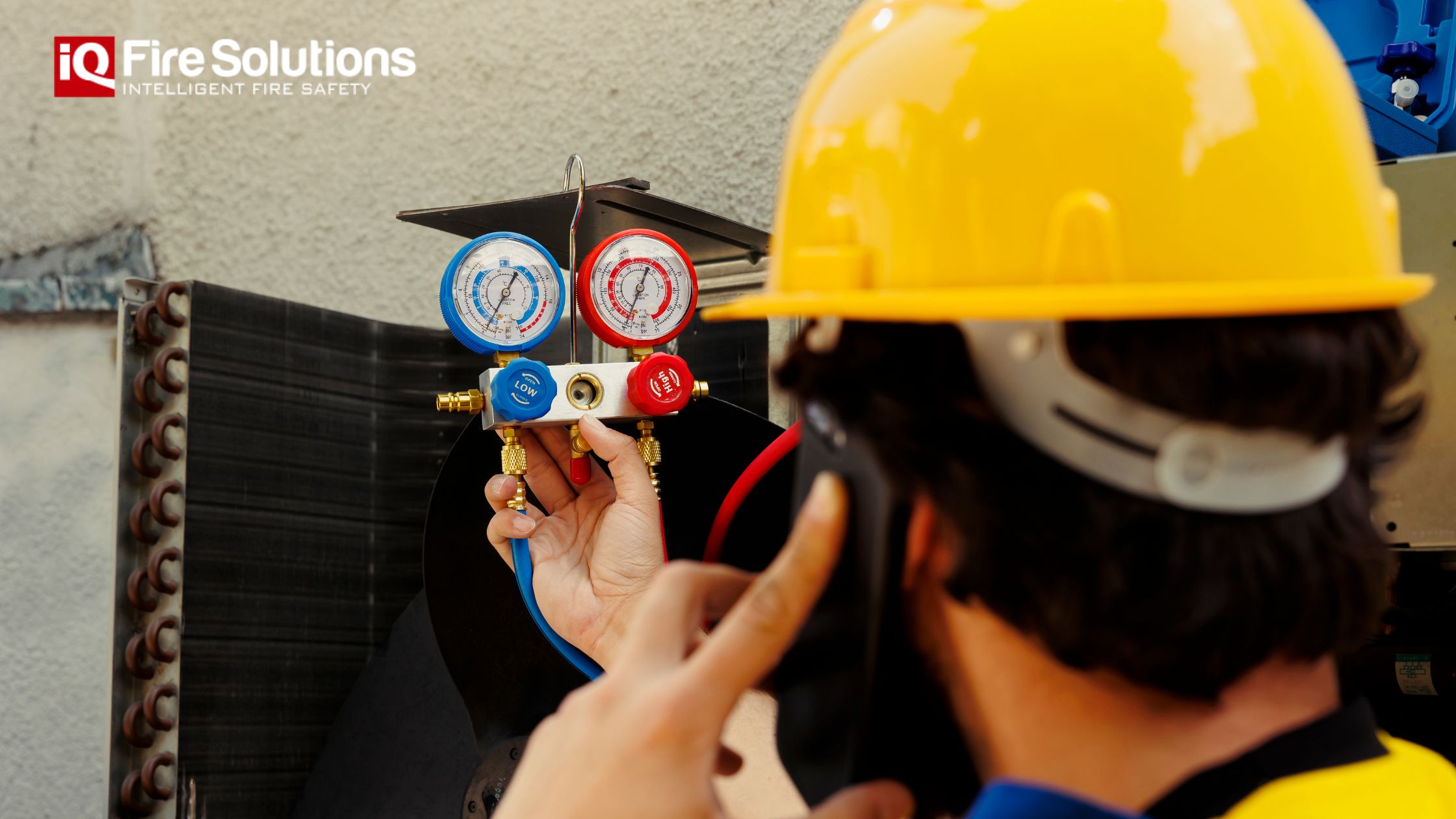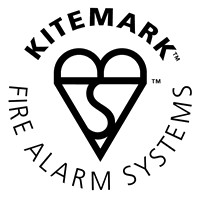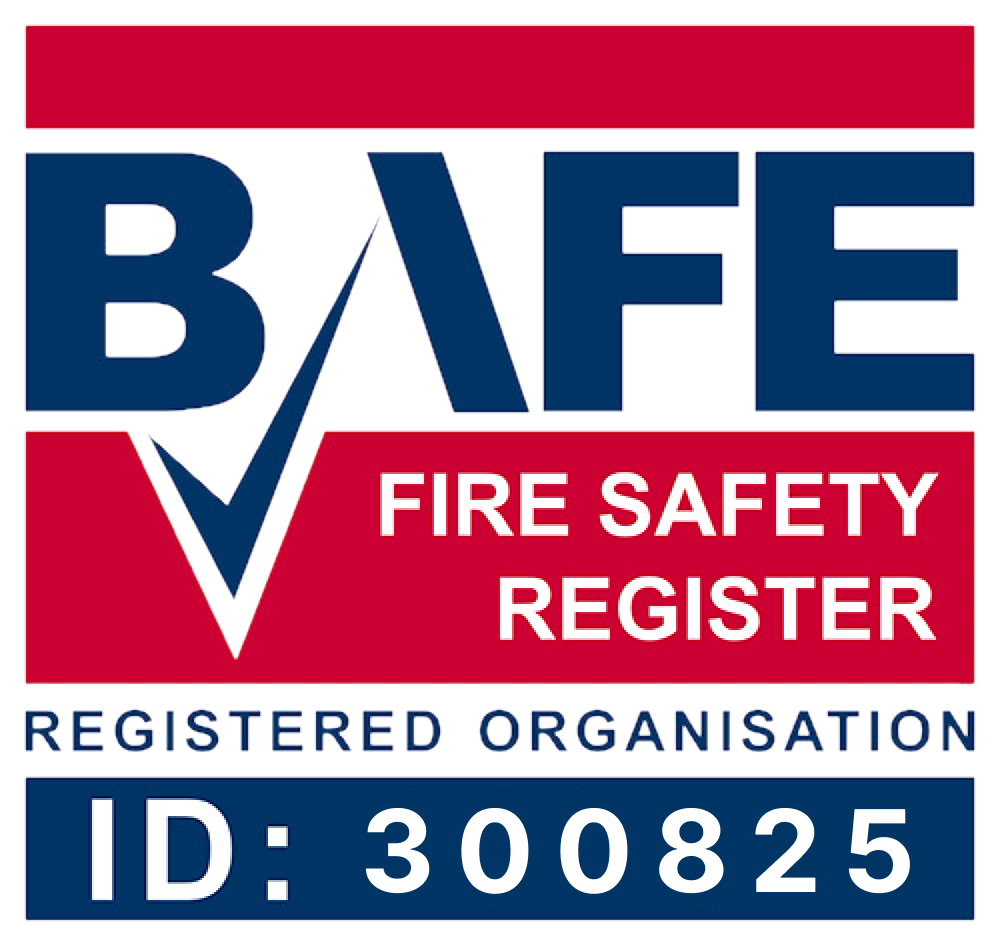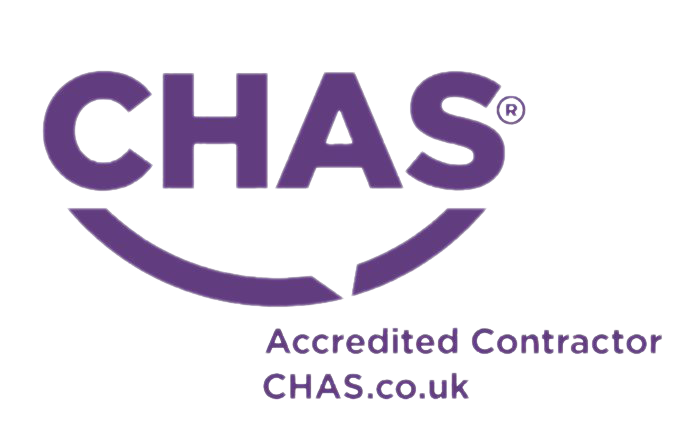Emergency lighting is a crucial element of any building’s safety plan. It provides illumination in the event of a power failure, allowing people to evacuate safely and quickly.
In this article, we’ll take an in-depth look at some of the most popular emergency lighting solutions on the market today, so that you can find the right fit for your needs. We’ll explore the pros and cons of each solution, as well as their cost-effectiveness and ease of installation.
By considering all these factors, you will be able to make an informed decision on which emergency lighting system best meets your requirements. So read on to discover more about what’s available!
Led Emergency Lights
LED emergency lighting is becoming increasingly popular for a variety of reasons. One such example can be seen in the case study of the London Underground, which recently implemented LED lighting systems to replace its outdated fluorescent tubes.
The new LED lights have significantly reduced running costs while offering enhanced visibility and durability. LED technology offers many advantages compared to traditional filament-based bulbs; they are more energy efficient, require less maintenance and last much longer than other types of bulbs.
Additionally, LEDs provide better light quality with improved colour accuracy and brightness levels, making it easier for people to find their way out during an evacuation or fire situation. Furthermore, these lights are sturdier and far less prone to breakage when impacted by external forces like vibrations or shocks.
All these benefits make them ideal solutions for any commercial or industrial application where safety is paramount.
Halogen Emergency Lights
Having just discussed the benefits of LED emergency lighting, let us now turn our attention to halogen emergency lights.
Halogen lamps are a type of incandescent light which use less energy than standard incandescent bulbs. They have an extremely long lifespan and are considered to be very reliable. The main advantage of using halogen lamps is that they offer excellent illumination at a low cost and require minimal maintenance.
However, it’s important to note that halogen lamps do produce more heat than LEDs; this can cause problems in certain applications where heat needs to be kept at bay. Additionally, their lifespan may not match up with that of LEDs as they will need replacing sooner due to their lower efficiency levels.
On the other hand, if you’re looking for maximum brightness and longevity on a budget, then halogens could still prove to be the right choice for your project.
Battery-Operated Emergency Lights
The lights are out and the darkness is all-encompassing. What kind of emergency lighting solution do you need?
Could it be battery-operated, so that there’s no need for complicated wiring or a mains power connection?
Battery-powered emergency lights offer an array of advantages. They can provide up to 10 hours of illumination during an outage with one set of batteries – perfect for those times when electricity has gone awry.
Plus, they don’t require complex installation; just pop in some fresh batteries and the unit is ready to go! And if the unthinkable happens and your building experiences a fire, these units won’t be affected by smoke as long as they remain outside its reach.
All this means fewer maintenance costs over time too. So why not try out a battery-operated emergency light system? It could just be the right fit for you!
Self-Contained Emergency Lights
When it comes to choosing the best type of emergency lighting for your needs, self-contained lights are often a great choice. These systems have their own power supply and can be installed quickly without requiring any additional wiring or connections.
They provide bright light that is capable of illuminating an area in case of a power cut or other emergency situation. Self-contained lights offer several advantages:
- Convenient installation – no external wiring needed
- Bright illumination – provides high levels of visibility during emergencies
- Easy maintenance – they require very little upkeep after installation
- Low cost – they are typically more affordable than other options
- Flexible placement – they can be placed practically anywhere in the building
Self-contained lights make an excellent option when you need reliable, energy-efficient lighting that’s easy to install and maintain. With their low cost and flexibility, these systems are ideal for most commercial applications where safety is paramount.
To ensure maximum effectiveness, always check with a qualified electrician before installing any type of emergency lighting system.
Exit Sign Emergency Lights
Continuing on from self-contained emergency lights, we now turn our attention to exit sign emergency lighting solutions. These are ideal for those looking for a discrete yet effective form of illumination in the event of a power cut or other disruption.
They work by being discreetly installed into the ceiling and providing a soft glow when an incident occurs – making them particularly well suited to businesses with large numbers of staff as they can be seen easily throughout an entire building complex. Exit sign emergency lights also come with various features such as LED illumination which is energy efficient, light sensors that detect movement even during periods of darkness and battery backup systems so you never have to worry about running out of juice if there’s no electricity supply.
This makes them highly reliable and cost-effective too! Ultimately, it all comes down to your individual needs; do you require something visible but subtle? Then these may just be the solution for you!
Maintaining And Testing Emergency Lights
Maintaining and testing emergency lights is a critical part of ensuring that they work in the event of an emergency. Regularly inspecting, cleaning and replacing batteries will help to ensure optimal performance when needed. It’s also important to test the lighting regularly to make sure it works as expected – this should be done at least every six months or so.
Here are some key points to keep in mind:
- Inspect all parts of your system on a regular basis for signs of damage or wear and tear
- Clean fixtures periodically to remove dust build-up which can affect light output
- Replace old batteries with new ones if necessary, according to the manufacturer’s instructions
- Test all components of your system every 6 months or so, including running full-duration tests where applicable
It’s essential that you take proper care when maintaining and testing your emergency lighting solution; doing so helps protect both people and property from harm, as well as saving money in the long run by avoiding costly repairs or replacements down the line.
Frequently Asked Questions
What Is The Cost Difference Between Different Types Of Emergency Lighting Solutions?
Comparing the costs of different emergency lighting solutions can be like trying to pick a needle out of a haystack! With so many options, it’s hard to know which one is right for you.
But with careful consideration and research into price points and features, you’ll find that there are stark contrasts between the various products available on the market.
From economical lights that will fit even tight budgets, to high-end systems offering reliable performance in any situation – whatever your needs, there’s sure to be an emergency lighting solution that fits perfectly with them.
How Long Do The Batteries Last In Battery-Operated Emergency Lights?
Battery-operated emergency lights are a great option for providing light in an emergency situation. The longevity of the batteries is an important factor when it comes to choosing this type of lighting solution, as you don’t want them to run out during an emergency.
Generally speaking, these types of lights have batteries that last up to five years depending on usage and quality. It’s best practice to check the battery levels regularly if using them over long periods of time.
What Is The Level Of Brightness Of Each Type Of Emergency Lighting Solution?
When it comes to emergency lighting solutions, the level of brightness is a key factor.
Battery-operated lights may offer convenience and portability, but they can’t match up to the intensity of LED bulbs or fluorescent tubes.
LEDs provide high visibility with an average lumen output of 500 to 1000 lumens per bulb, while fluorescent tubes are brighter still at around 1500 lumens per tube.
For those requiring maximum illumination in an emergency situation, halogen lamps produce up to 3000 lumens from just one bulb – making them the brightest option available.
How Often Should I Test My Emergency Lighting Solutions?
Emergency lighting solutions should be tested regularly to ensure their effectiveness. According to industry standards, it’s recommended that these tests are conducted every three months for a minimum of 30 minutes each time.
This is an important step in making sure your emergency lighting will work when you need it most. Testing helps identify any issues with the system so they can be fixed before an emergency arises.
Are There Any Differences In Installation Requirements For Different Types Of Emergency Lighting Solutions?
When it comes to installation, the differences in emergency lighting solutions become clear.
Like lanterns that can be hung from ceilings or walls, providing a gentle yet effective illumination for an area, and exit signs which need to be fitted securely at eye level on walls or doors.
Even automatic systems require specific setup requirements such as wiring them into the building’s electrical system.
All of these considerations mustn’t be overlooked when selecting the right fit for you; careful planning is required to ensure your emergency lighting solution meets all applicable standards without fail.
In conclusion, it can be said that there are a variety of emergency lighting solutions available in the market. However, choosing the right one for you is no easy task.
From battery-operated lights to those with an independent power source, each option has its own advantages and disadvantages which must be considered before making the purchase.
So while we may not have all the answers here today, I hope this article has helped shed some light on what might just be the perfect fit for your needs!















































